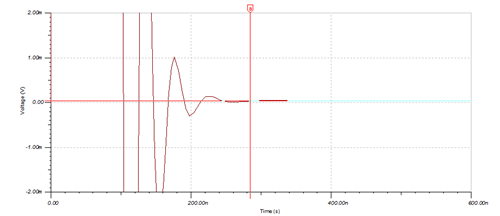SSZTAT7 september 2016 OPA2320-Q1
Semiconductor content keeps increasing in automobiles, thanks to the number of sensing technologies. In a span of ten years, the number of sensors has increased steadily across all sensor types. This trend is likely to continue, as more features, which were previously only offered in luxury vehicles or available for purchase after-market, become crucial and in some cases mandated by governing bodies.
Advanced driver-assistance system (ADAS) solutions are one of the fastest-growing automotive sectors; the sector is expected to grow by 10 percent from 2015 to 2020, according to a forecast by Strategy Analytics. Even designers of entry-level models now expect ADAS features. As a result, car manufacturers try to meet demand by implementing these features even in entry-level models.
The most popular ADAS applications consist of collision avoidance, lane-departure detection, park assist and adaptive cruise control. Depending on geographical area, some applications may be more desirable than others. For example, in densely populated regions, consumers are more likely to want collision warning in their cars, whereas drivers in mountainous areas may feel the need for dynamic lighting.
In cities like Shanghai, Moscow, Mumbai or Istanbul, drivers may want object detection with a high level of accuracy. In crowded cities like these, pedestrians, motorcycles and buses can emerge at any given moment. To assist the driver, the car must be able to respond quickly, based on an accurate measurement of the distance between the car and the object.
Object-detection applications usually require precision circuits, such as operational amplifiers (op amps), which serve as the fundamental building blocks of a signal chain or analog front end that control the rest of the circuitry in these driver assistance systems.
Precision devices, such as the OPA2320-Q1 op amp that has been used into many ADAS designs, provide a low offset voltage and wide bandwidth, which help eliminate system calibration. Because system calibration can involve complex algorithms or even a power-hungry DSP in some design configurations, designers can save on software costs and design time by using precision analog integrated circuits (ICs).
While a low offset voltage is necessary to achieve overall system accuracy, the op amp’s wide bandwidth plays a crucial role for settling time. The op amp should settle within ½ LSB of the data converter it drives in order to maintain adequate signal acquisition and integrity.
 Figure 1 Settling Time of OPA2320-Q1
with ±2V Input Step at a Gain of +1
Figure 1 Settling Time of OPA2320-Q1
with ±2V Input Step at a Gain of +1If you’re designing automotive applications, be sure you’ve subscribed to the Behind the Wheel blog to receive more system-level advice and insight on trends.
Additional Resources
- Explore the TI Designs library for reference designs for ADAS applications.
- Find the right precision op amp for your design http://www.ti.com/lsds/ti/amplifiers/op-amps/precision-op-amps-overview.page.
- Watch this video for an overview of op amp technology.